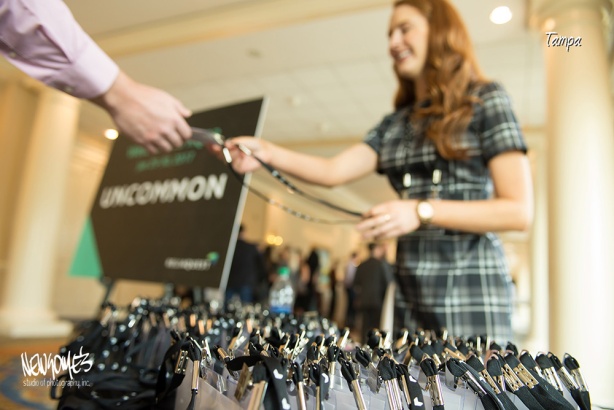- Communicate
Respond to all emails, phone calls, and text messages, and do it IMMEDIATELY! Ask questions, probe the client for info on their event, schedules, agendas, “must-have” images, end-result needs and deadlines. If the photographer doesn’t ask the right questions, or any at all, they’re very likely to not provide the company, event planner, or client with the quality product they’re expecting and paying for.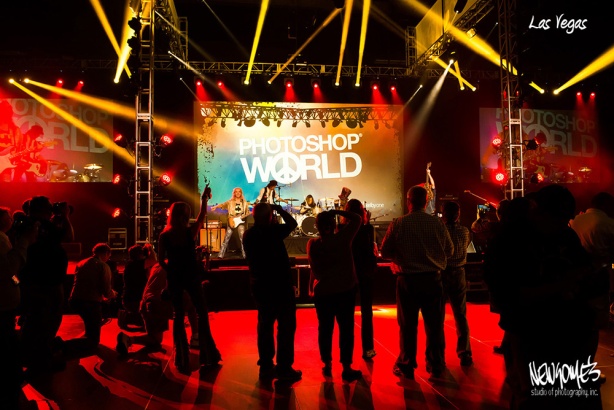
- Timeliness
It starts with showing up on time. In fact, it starts with BEING EARLY, particularly on the first day of any multi-day event. Once on the property, text your client to let them know you’re there. It goes a long way to alleviating one more worry in the client’s mind of all the things that could go wrong on the first day. They have enough to worry about without wondering if the photographer they’ve hired will even show up.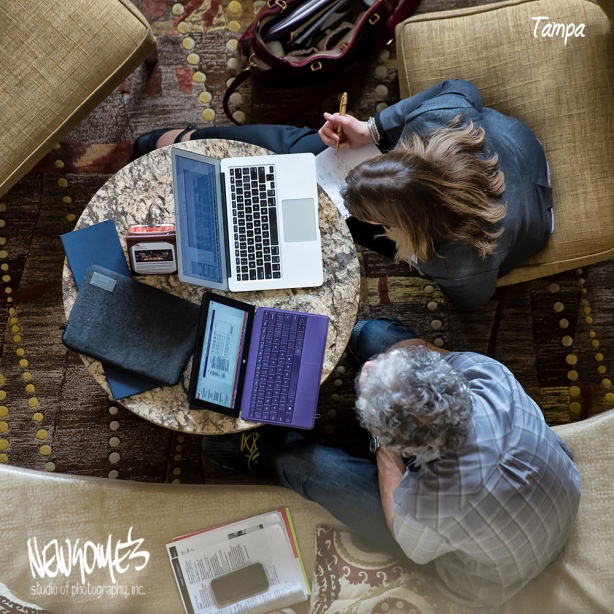
- Scout
Once on the property, get familiar with every inch of the location you’re expected to be working within. There’s usually one main ballroom where everyone meets for presentations, but there are also possible smaller rooms for break-out sessions. Look at the lighting, speak with the A/V team that controls the lighting and find out if spots or a “stage-wash” will be used during the main presentation. You may find that their lighting is sufficient for what takes place on stage so you can work with “all-available” light, but be prepared to use flash when needed. The smaller break-out rooms won’t always be lit as well.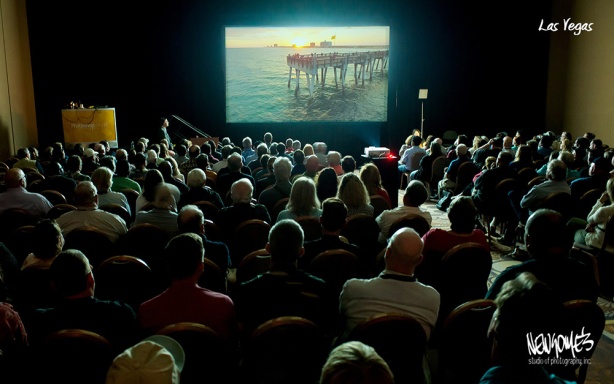
- Light
Know your equipment, see the light, meet the challenge. Every location presents its own challenges and you are expected by your client to know how to handle all of them. Whether you’re fortunate enough to be in a room that’s beautifully washed in window light from the North, or if you’re in a windowless break-out room with flickering fluorescents, your images should be clean, sharp, and beautifully lit. If that means using a flash (and it will), use it, but use it correctly. Depending on the circumstances, an off-camera flash can be bounced off the ceiling, the wall, or aimed directly at the subject. Paint with your light conservatively and allow it to enhance your image, not dominate it.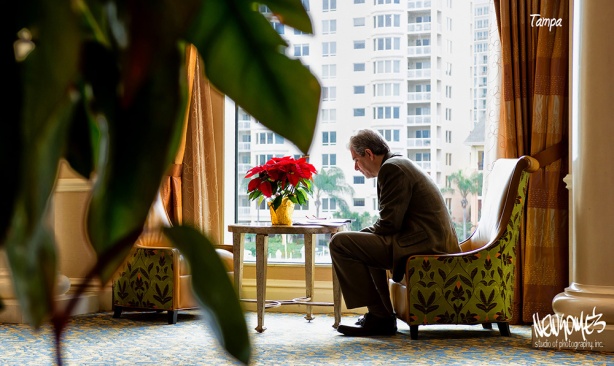
- Stealth
Do not become a distraction. Wear dark clothing if working around a stage. Blend into the darkness and become a Ninjatographer. Some of the best, most commercially useful images to a client are the ones that are candid, photojournalistic, and storytelling, where the subject had no idea they were being watched, much less photographed. Don’t approach the stage if you can avoid it, use long lenses instead. There will be times when being up close is necessary and unavoidable but limit them as much as possible.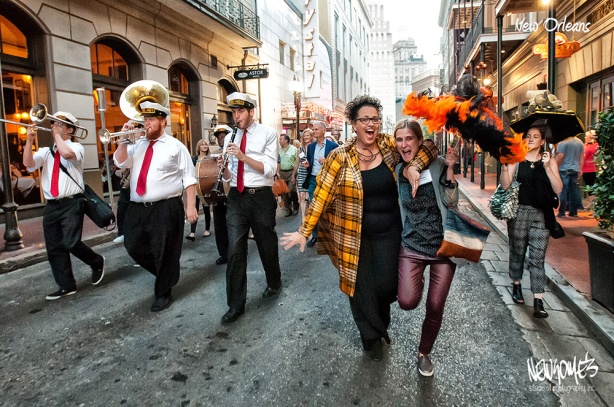
- Emotion
Laughter, handshakes, reactions to a speaker’s joke, intense concentration on the speaker, animated conversations, hand gestures… these are all things that show emotion. Action between two parties such as looking at an image on a single smart phone or taking a selfie together. This is storytelling. This is useful to most clients. These are often images used as “filler” on their websites to represent the event and promote their next one.
- Interaction
Your client will not only evaluate the quality of your images, but how well you treat their guests, attendees, staff, and VIPs. Be as low-maintenance as possible, do not cause problems. Offer to assist and help resolve problems when they appear. Remember, you’re part of a team, you’re not “just a photographer.” Treat everyone with respect, smile, stay out of the way, be cordial, and for Heaven’s sake, don’t drink, cuss, or tell off-color jokes… EVER!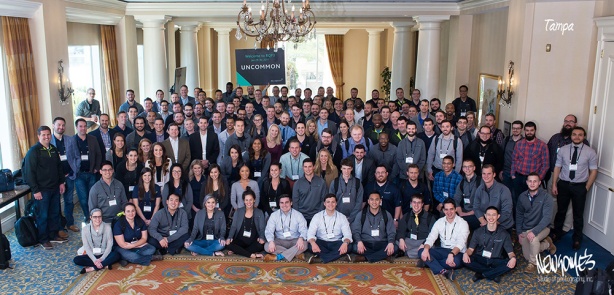
- Lenses
Correct lens choice is a vital ingredient to capturing great images. Be prepared to switch lenses often or use two camera bodies, each with different zoom lenses. Three lenses that span 17-200mm will often give you the range you need to cover most corporate events. I’m a huge fan of fixed aperture lenses, with f2.8 being “a must.” Variable aperture zoom lenses (less expensive lenses with apertures that change based on focal length as you zoom) may limit your ability to zoom in under low light conditions and still produce good exposures.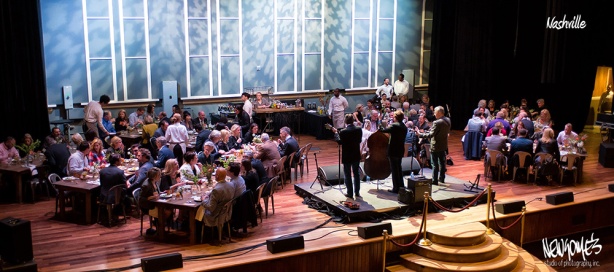
- Processing
Corporate event images are not expected to be “processed” with Instagram-like filters. Your clients are expecting clean, sharp, well-lit, well-composed images – not an artist’s fine-art interpretation of a scene. You should color and density correct all your images, edit out redundant, poorly exposed, and un-sharp images. Crop in post if necessary but provide as much full-frame as possible. You never know when they could use a panoramic image of a scene that you cropped because you saw it differently. If using two cameras, sort them in Adobe Bridge by “date created” and rename the images numerically (ex:”001-clientname-filenumber” thru “150-clientname-filenumber”). This will put all your images into chronological order regardless of the camera’s original file numbers.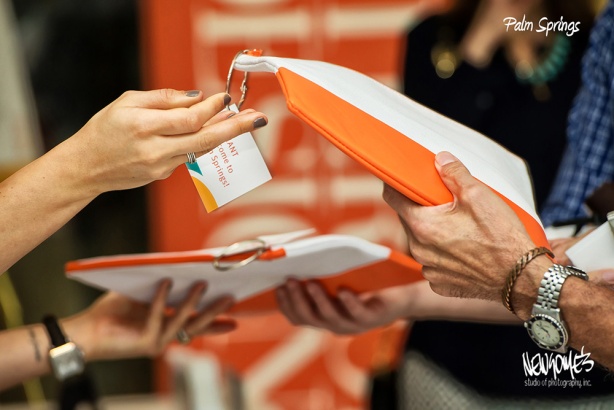
- Delivery
Speed is key. Turnaround shouldn’t take weeks, or in many cases, even days. In fact, many events want images in real-time so they can post to their social media accounts, showing those who didn’t attend, what they’re missing. Two or three times during the course of the day, download, batch process, export to low-res JPEGS, and upload to their server, a downloadable gallery, or Dropbox. Send the link to their media or marketing specialist and alert them that the “social-media-ready” images are available. You can export to high res later that night or at the end of the event and deliver the “print-ready” images after the conclusion of the event (again, should be done within 48 hours – max).
Bottom line, when it comes to photographing corporate events, it’s a different animal than wedding photography. You have less interaction with the subjects, but more interaction with the staff, event coordinators, and behind-the-scenes-clients. You’re a very integral part of a team – a machine that works best when it works together. Do your job, do it well, show up early, stay late, solve problems, and deliver better-than-expected images, ahead of schedule and without causing undo stress on your client.
